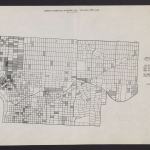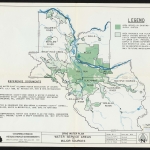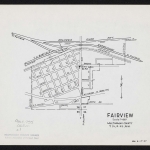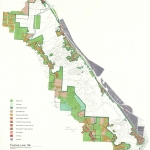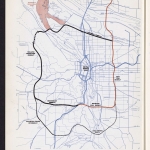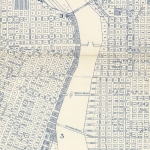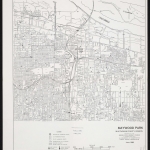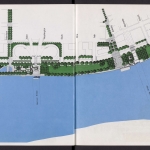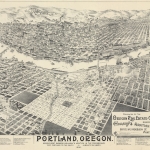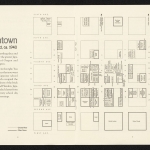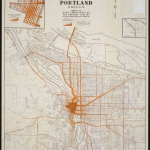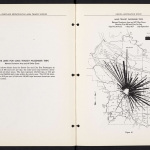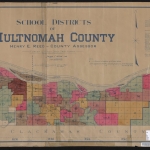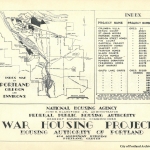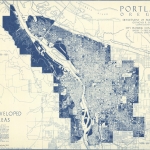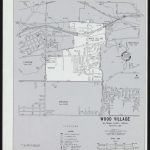-
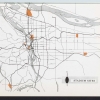
- Still Image
Stadium sites
-
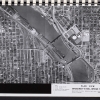
- Still Image
Plan view: Broa...
-
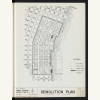
- Still Image
Demolition plan...
-
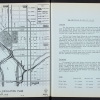
- Still Image
Vicinity and ci...
-
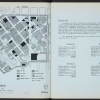
- Still Image
Land Use 1955:...
-
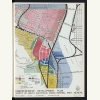
- Still Image
Comprehensive d...
-
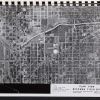
- Still Image
Plan view: Buck...
-
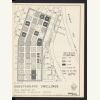
- Still Image
Substandard dwe...
-

- Still Image
Substandard dwe...
-
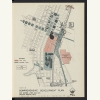
- Still Image
Comprehensive d...
-
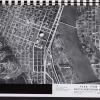
- Still Image
Plan view: Sout...
Description
In the 1950s, U.S. cities began using federal funding to redevelop “blighted” central city neighborhoods. This process became known as urban renewal.
The two earliest urban renewal efforts in Portland were the South Auditorium Renewal Project south of downtown, and the Memorial Coliseum in North Portland. Officials from the Portland Planning Commission assessed the two neighborhoods as blighted by dilapidated, substandard or overcrowded housing. They used these ratings to justify razing both neighborhoods.
These were communities, not vacant land. The Memorial Coliseum site, near the east end of the Broadway Bridge, was a low-income residential neighborhood with many African American homes and businesses. The South Auditorium Renewal Project site was also a low-income neighborhood that had historically sheltered immigrants. In the 1950s, nearly a third of its residents were single and over the age of 60.
The Memorial Coliseum and South Auditorium projects had an indelible effect on the city and on residents’ sense of community. Two lively, diverse neighborhoods were entirely removed from the landscape. And the Memorial Coliseum project was just one of several mid-20th century redevelopment schemes which pushed Black residents and businesses to new neighborhoods.
Physical copies of many items in this collection are held by Multnomah County Library. However, the library does not hold the copyright to these items. Copyright usually resides with the creator(s) of the items. Any information about copyright for items in this collection will be noted in the metadata and Rights & Usage field for each item.
The copyright law of the United States (Title 17, United States Code) governs the making of photocopies or other reproductions of copyrighted material. It is the responsibility of any users of this digital collection to determine whether their intended use of an item is acceptable under copyright law.
If you are a copyright holder for an item on this website that is not properly identified, please contact us. When contacting us about an item in this collection, please include the identifier for the item (e.g., XXmap_000041).

